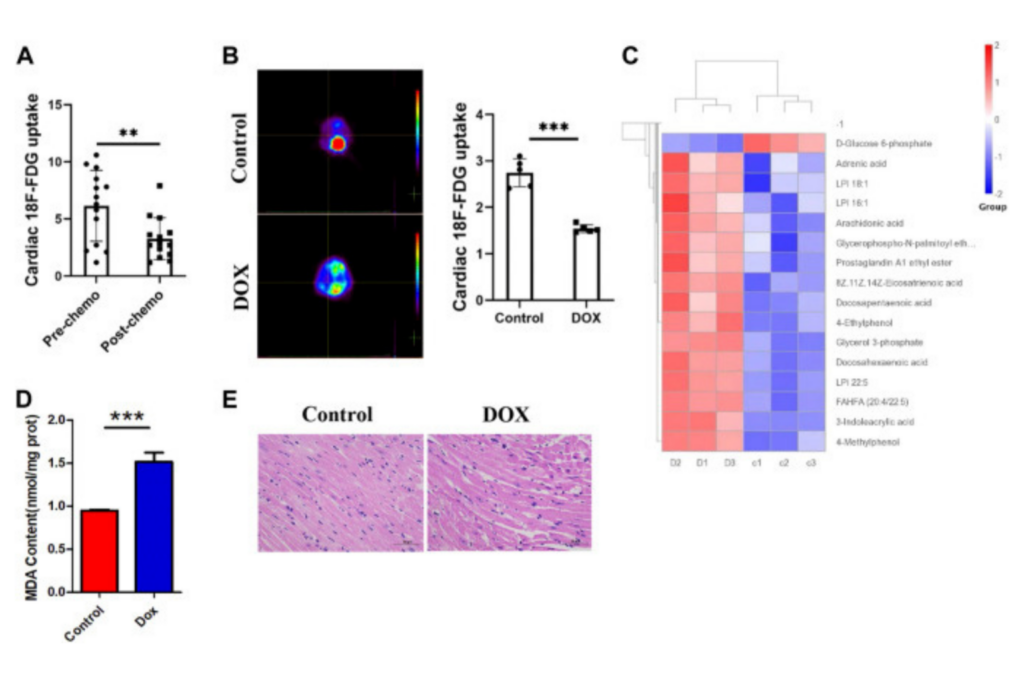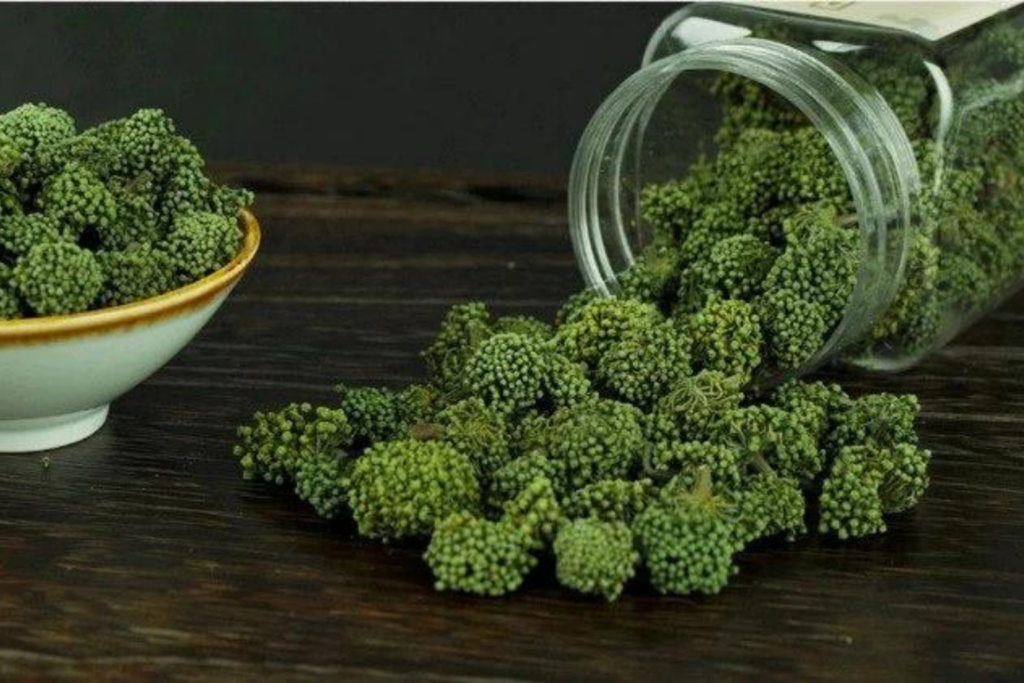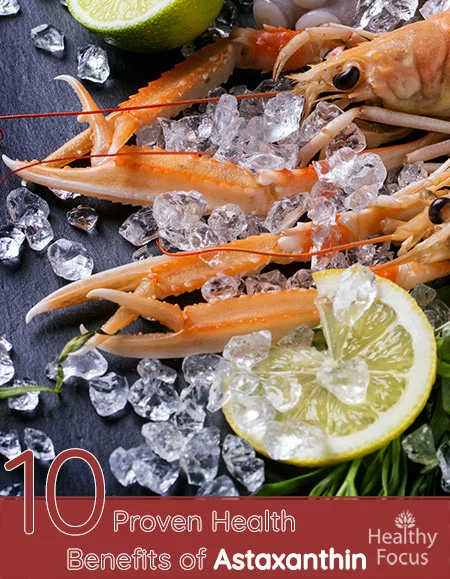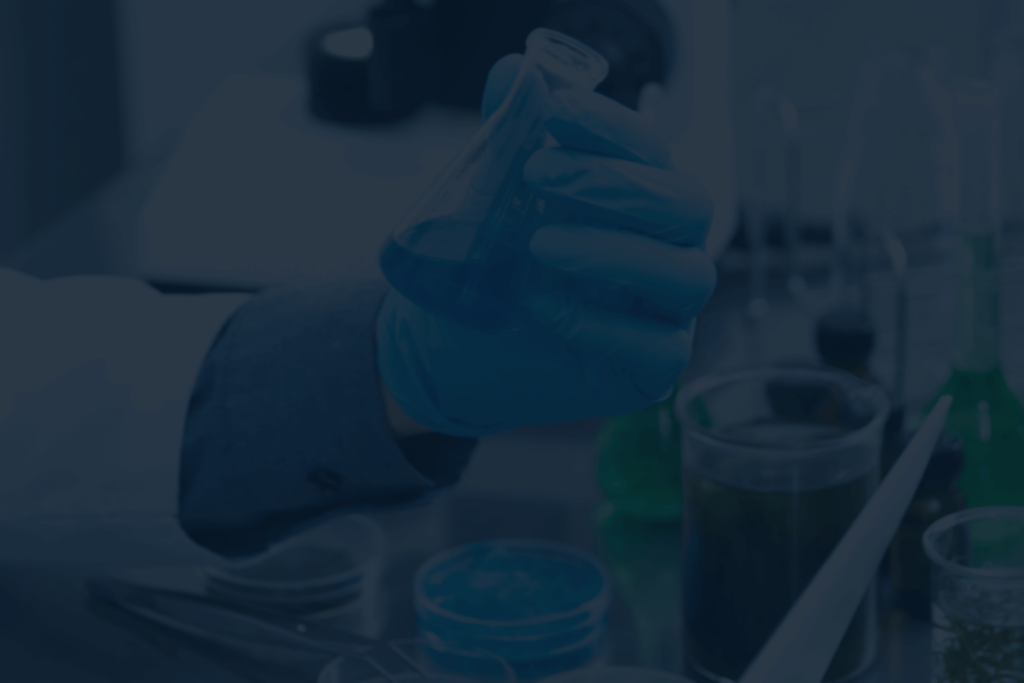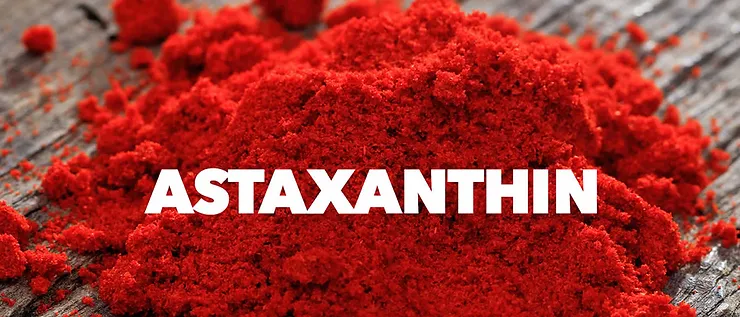Yan Lin 1 2 3, Lei He 1 2 3, Xing-Jun Chen 1 2 3, Xu Zhang 1 2 3, Xue-Long Yan 1 2 3, Bo Tu 1 2 3, Zhu Zeng 1 2 3, Ming-Hui He 1 2 3
- PMID: 36234943
- PMCID: PMC9571880
- DOI: 10.3390/molecules27196407
Abstract
Polygonum capitatum, known as “Tou Hua Liao” (Chinese name), is a crucial source of Hmong medicinal plants that has benefited human health for a long time. This folk-medicinal plant is widely distributed in the south-west of China for the treatment of various urologic disorders including urinary tract infections, pyelonephritis, and urinary calculus. The purpose of this paper was to provide a systematic and comprehensive overview of the traditional usages, botany, phytochemistry, pharmacology, pharmacokinetics and clinical applications of this flora. Up until the end of 2022, at least 91 compounds had been reported from P. capitatum, mainly covering the classes of flavonoids, lignanoids, phenols and other components. The compounds and extracts isolated from P. capitatum exhibit a wide range of pharmacological activities, such as anti-inflammatory, antioxidant, antimicrobial, anticancer, analgesic, hypothermic, diuretic and other pharmacological effects. Qualitative and quantitative chemical analyses were also covered. Furthermore, the possible development trends and perspectives for future research on this medicinal plant were also discussed.
Keywords: Polygonum capitatum; chemical analysis; flavonoids; pharmacological activities.
Conflict of interest statement
The authors declare no conflict of interest.
Figures
References
-
- Yuan L., Chen H., Ma X. Herb-drug interaction: Application of a UPLC-MS/MS method to determine the effect of Polygonum capitatum extract on the tissue distribution and excretion of levofloxacin in rats. eCAM. 2020;2020:2178656. doi: 10.1155/2020/2178656. – DOI – PMC – PubMed
- Huang Y., Sun H.Y., Qin X.L. A UPLC-MS/MS method for simultaneous determination of free and total forms of a phenolic acid and two flavonoids in rat plasma and its application to comparative pharmacokinetic studies of Polygonum capitatum extract in rats. Molecules. 2017;22:353. doi: 10.3390/molecules22030353. – DOI – PMC – PubMed
- Ma F.W., Deng Q.F., Zhou X. The tissue distribution and urinary excretion study of gallic acid and protocatechuic acid after oral administration of Polygonum capitatum extract in rats. Molecules. 2016;21:399. doi: 10.3390/molecules21040399. – DOI – PMC – PubMed
- Liu M., Luo C.L., Zhang Y.P. Study on the analgesic, anti-inflammatory and diuretic effects of Polygonum capitatum, Feilong palm blood. Guizhou Med. 2007;31:2.







